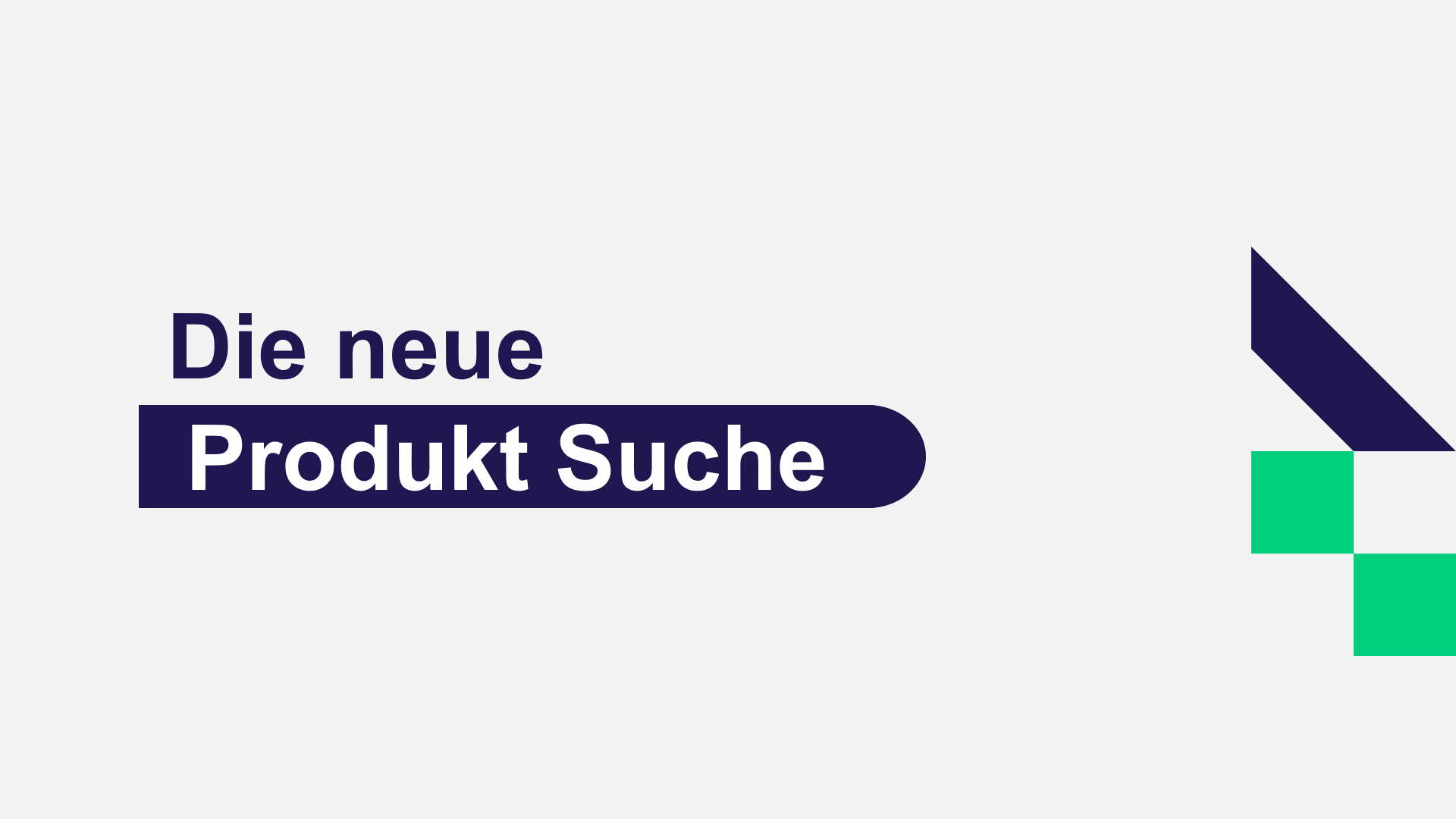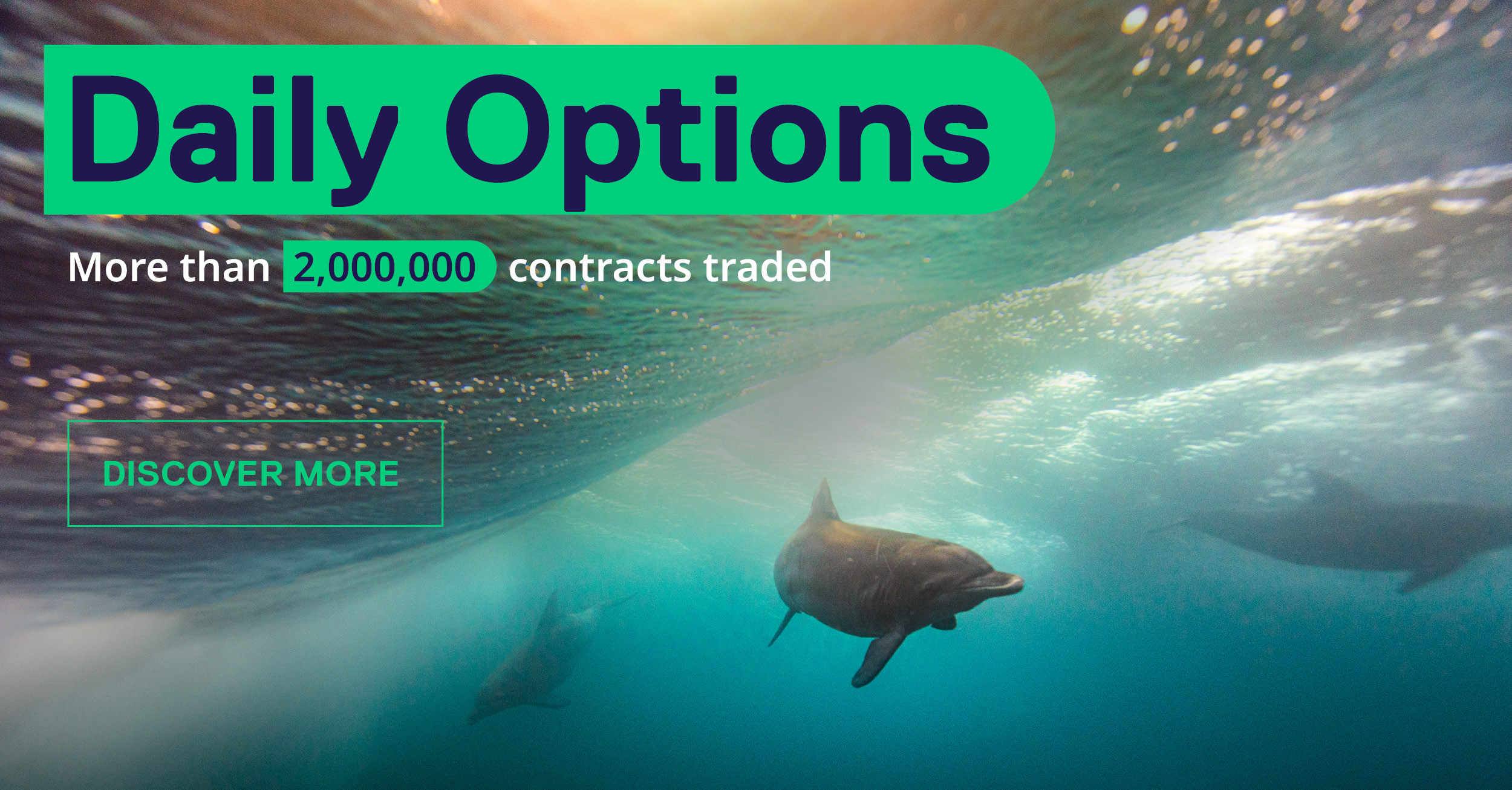Looking ahead to 2024, how do market conditions compare to last year and what is your outlook for volatility in the year to come?
I think there's going to be a moderate increase in volatility throughout this year. We are in a regime in which the equity market is grinding up and has relatively low volatility.
The main difference between this year and last year will be greater fragility within markets. There is a greater chance of more volatile reactions to market events. That is linked to a material shift in investors’ positioning. If we look at European futures, up until last year positioning was materially net short. That is uncommon and has been an anomaly that started at the beginning of the Covid-19 crisis and sharpened with the start of the Ukraine war.
Since the end of 2022, this has been progressively reversing. Over the last year, especially the last two months, there has been an extremely sharp recovery in positioning. I believe we are now completely out of the post-Covid anomaly and back in line with positioning before the pandemic.
That is important. Investor positioning — how much equity they hold and whether they are hedged with options or futures — impacts how markets react when there is negative news.
For example, in March last year European volatility showed a very muted reaction to a bank crisis that involved a major European bank failure. The VSTOXX went to 30 briefly and then rapidly calmed down. That was partly due to investors’ very conservative positioning and their being hedged. Not with options, which would normally lead to some reshuffling in the volatility market, but being short futures —so in delta one.
Those hedges are now gone, and investors are less protected. My feeling is that if we get a shock this year, volatility could be a lot more impactful as a result. Markets risk experiencing something stronger than just a dip.
The big problem is that it is very hard to point the finger at what event could cause such a change in dynamic. However, this enhanced fragility is there and from a macro perspective, JP Morgan is relatively bearish compared to the consensus.
How do investors position for that fragility, while also getting returns for their clients?
For a benchmark investor to go against the current momentum in tech and equity markets is borderline madness. However, you can still play these market conditions effectively, even if you're not completely comfortable with the narrative around AI and the Magnificent Seven.
Given that volatility is relatively low, adding some hedges with options makes a lot of sense. My recommendation for this year is to be a buyer of protection, to cover risk in the equity markets — both a buyer of optionality and a buyer of volatility.
These are all negative carry trades. So, you are paying a premium that you might not need if nothing happens. If you go long volatility, you are essentially paying the implied to realised volatility premium, which despite low implied volatility, is still there. But in the current environment, I think that the risk/ reward favours this type of positioning.
What is the cost of hedging for investors in these market conditions and is there much willingness to take on protection?
We have to differentiate between different types of investors. For asset allocators and institutional investors, we are not seeing a lot of hedging. The amount of activity from these clients is a bit lower than what you would expect at the start of a year, when they normally put on hedges. There has, however, been a pick-up in the last week or two.
That low activity came despite buying protection on the main indices being at its cheapest level for the last five years, depending on how you structure it. This contradiction stems from many investors having underperformed the benchmark last year. Part of that underperformance was linked to buying hedges that were not needed.
Institutional investors are always reluctant to spend premium, but particularly so after a year where they underperformed. Still, the cost of hedging is extremely low by historical standards.
Hedge funds have a different view. Speaking to the volatility specialists among them, they generally try to take positions that are net long volatility, but without paying much carry — or ideally neutral carry. A very common trade among these investors over the last few years that has worked very well has been a dispersion trade — buying single stock option volatility and selling index volatility. That has been extremely popular.
The trade leaves you net long volatility without having to pay a lot of carry. You don't pay a lot to maintain the position in your portfolio and if there's a big blow up like in 2020, it's a trade you expect to work.
However, in current conditions buying single stock volatility is fine, but index volatility is too low. The entry level for the trade is not compelling, which leads to less activity from hedge funds.
So, hedge funds that take on equity derivatives trades have been on the sidelines a bit. The risk premium that they usually take advantage of has been very compressed.
Again, my bias is towards being a buyer of options, rather than a seller. That has changed from two years ago, when I was definitely a net seller. However, I do recognise that the market lacks a visible catalyst. Therefore, the trick is trying to find the right structure — maybe through relative value, which gives you the long bias but allows you to pay less for protection.
For example, buying protection on Italian equities that are trading with very low volatility relative to selling protection on a defensive index such as the SMI is a type of trade that we are recommending. It still costs something in terms of net premium, but plays on the extraordinary outperformance of banks, autos or the consumer discretionary sector relative to a defensive index. It's a way to take a net defensive position on the market without paying too much.
In terms of risk premia trades, we're not recommending that much because we don’t see much value in these trades right now. The investors that make those trades are also absolute return, not benchmark. So, they have the luxury of being able to sit and wait for a better entry level and are not forced to follow a trend.
Join the Derivatives Forum Frankfurt on Feb 28-29 and hear more about this topic.
Speakers:
- Davide Silvestrini, Managing Director, Head of EMEA Equity Derivatives Strategy, J.P. Morgan
- Hassan Malongo, Volatility Portfolio Manager, Amundi Asset Management
Moderator: Russell Rhoads, PhD, CFA, Associate Clinical Professor, Kelley School of Business, Indiana University



